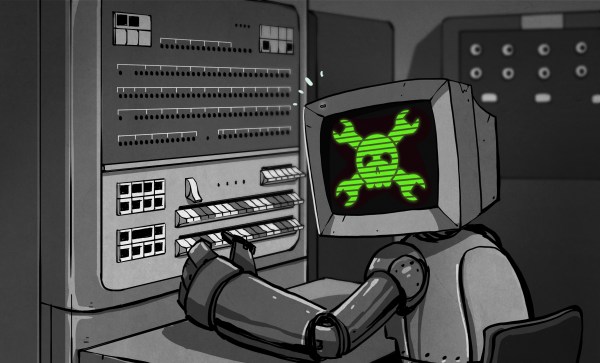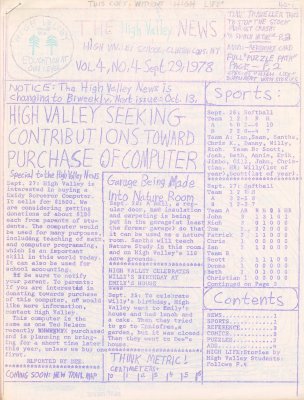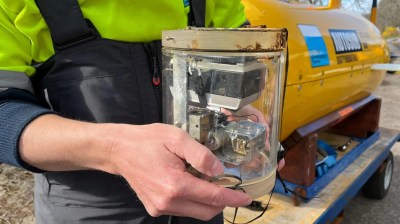Whenever the topic is raised in popular media about porting a codebase written in an ‘antiquated’ programming language like Fortran or COBOL, very few people tend to object to this notion. After all, what could be better than ditching decades of crusty old code in a language that only your grandparents can remember as being relevant? Surely a clean and fresh rewrite in a modern language like Java, Rust, Python, Zig, or NodeJS will fix all ailments and make future maintenance a snap?
For anyone who has ever had to actually port large codebases or dealt with ‘legacy’ systems, their reflexive response to such announcements most likely ranges from a shaking of one’s head to mad cackling as traumatic memories come flooding back. The old idiom of “if it ain’t broke, don’t fix it”, purportedly coined in 1977 by Bert Lance, is a feeling that has been shared by countless individuals over millennia. Even worse, how can you ‘fix’ something if you do not even fully understand the problem?
In the case of languages like COBOL this is doubly true, as it is a domain specific language (DSL). This is a very different category from general purpose system programming languages like the aforementioned ‘replacements’. The suggestion of porting the DSL codebase is thus to effectively reimplement all of COBOL’s functionality, which should seem like a very poorly thought out idea to any rational mind.
Continue reading “Porting COBOL Code And The Trouble With Ditching Domain Specific Languages”



















